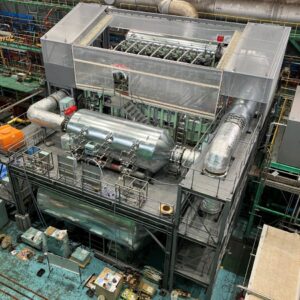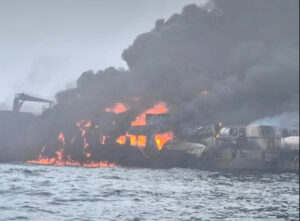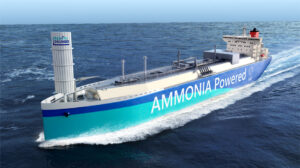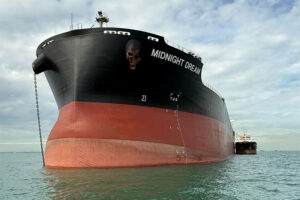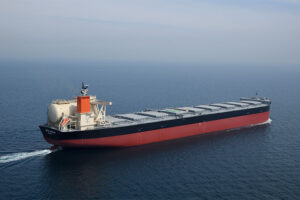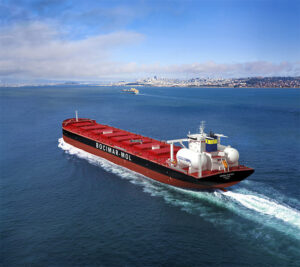TSB Canada: Maintenance-related issues led to MOL Prestige engine room fire
Maintenance-related issues led to the January 2018 engine room fire on board the container vessel MOL Prestige in Haida Gwaii, British Columbia (BC), the Transportation Safety Board of Canada (TSB) determined in its investigation report.
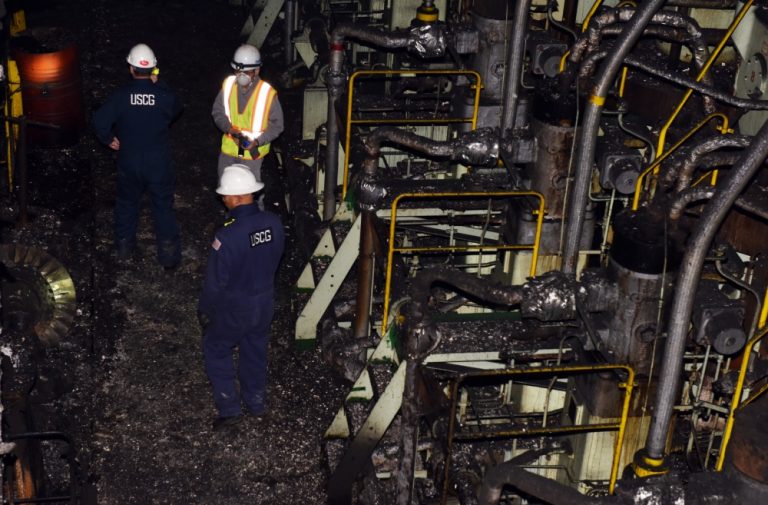
On 31 January 2018, a fire broke out in the engine room of the 6,350 TEU MOL Prestige while the vessel — managed by Japan’s Mitsui O.S.K. Lines (MOL) was at sea 146 nautical miles SSW of Haida Gwaii.
There were 22 crew members and one other individual on board at the time.
Related Article
The fire was eventually extinguished and five of the crew members were seriously injured.
The investigation found that transferring of cold fuel oil into a high temperature settling tank caused the water in it to boil under the surface of fuel oil, creating an overflow known as frothover. This led to the release of oil and fumes out of an opening at the top of the tank where a level indicator had been previously fitted, resulting in the fire.
Additionally, the investigation found that equipment in the engine room was not maintained as required by both company procedures and manufacturer’s specification – a responsibility shared by vessel management and crew.

The technical management of the vessel had changed the year prior to the occurrence, and a new maintenance and defect reporting system had been introduced. During this period of change, several issues that were identified by the onboard engine room crew went unaddressed by the management company, and as a result, some of the engine room equipment presented hazards.
The investigation also identified several other safety issues onboard the vessel including evacuation from the engine room, emergency preparedness and drills, maintenance of the fixed fire suppression systems and the onboard safety management system. It was determined that if those responsible for ensuring an engine room is maintained do not work together to identify and mitigate hazards in a timely and efficient manner, there is a risk that engine room equipment will fail, leading to accidents, according to TSB.
Also, if companies do not establish effective safety management systems that encourage crew to identify hazards and support them in developing safe and timely mitigations, there is a risk that hazardous operating conditions will remain, TSB pointed out.
Following the occurrence, the company revised procedures for the timely implementation of the planned maintenance system in its entirety, including inspection, maintenance, and completion of tasks. In addition, the company has improved the monitoring of all hand-over reports received at the office, TSB added.

